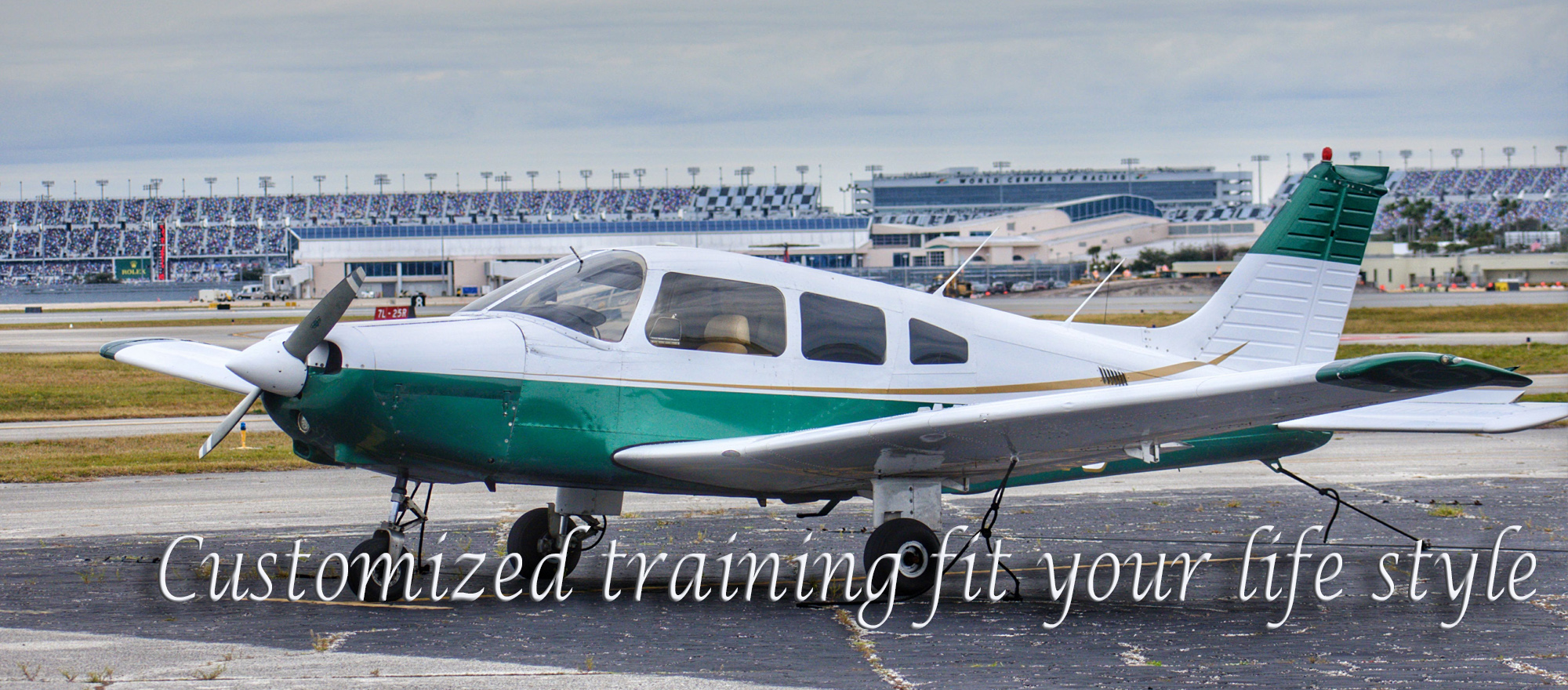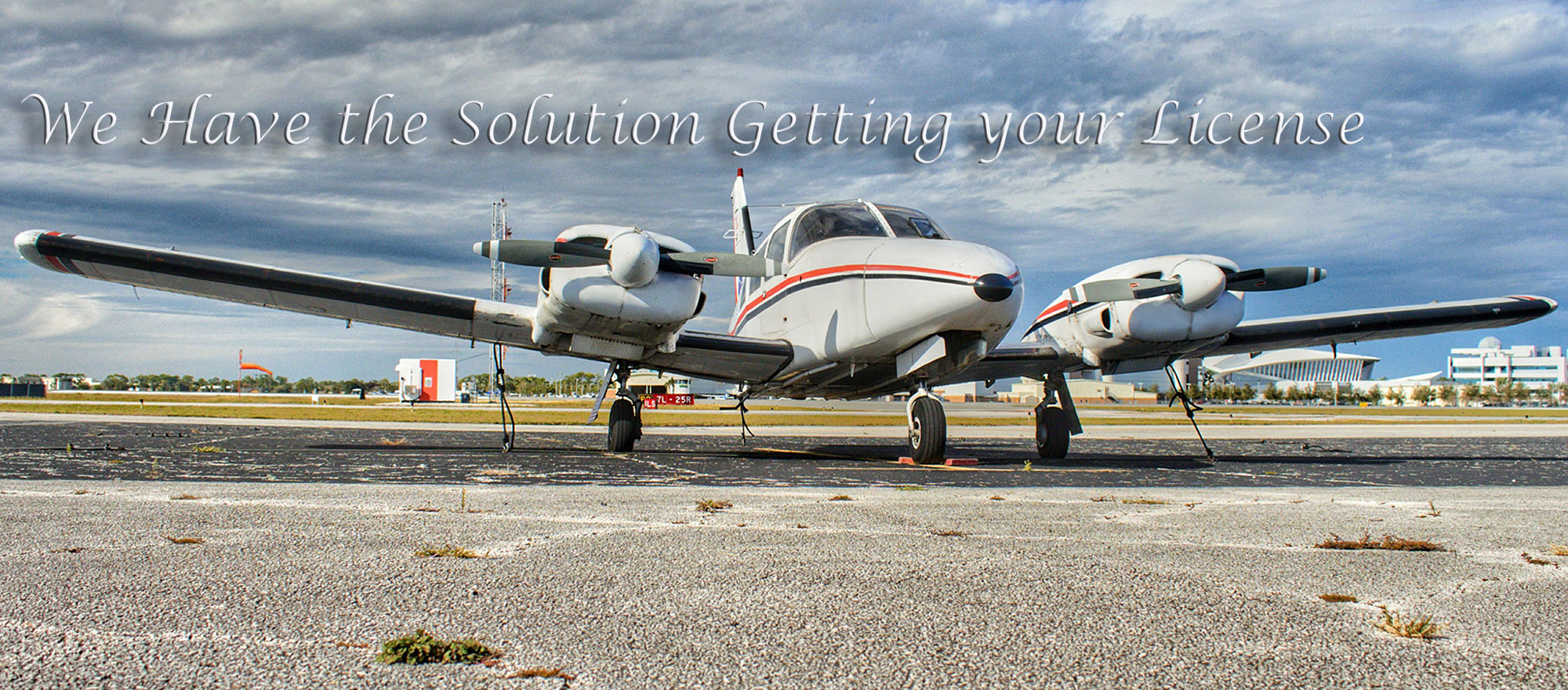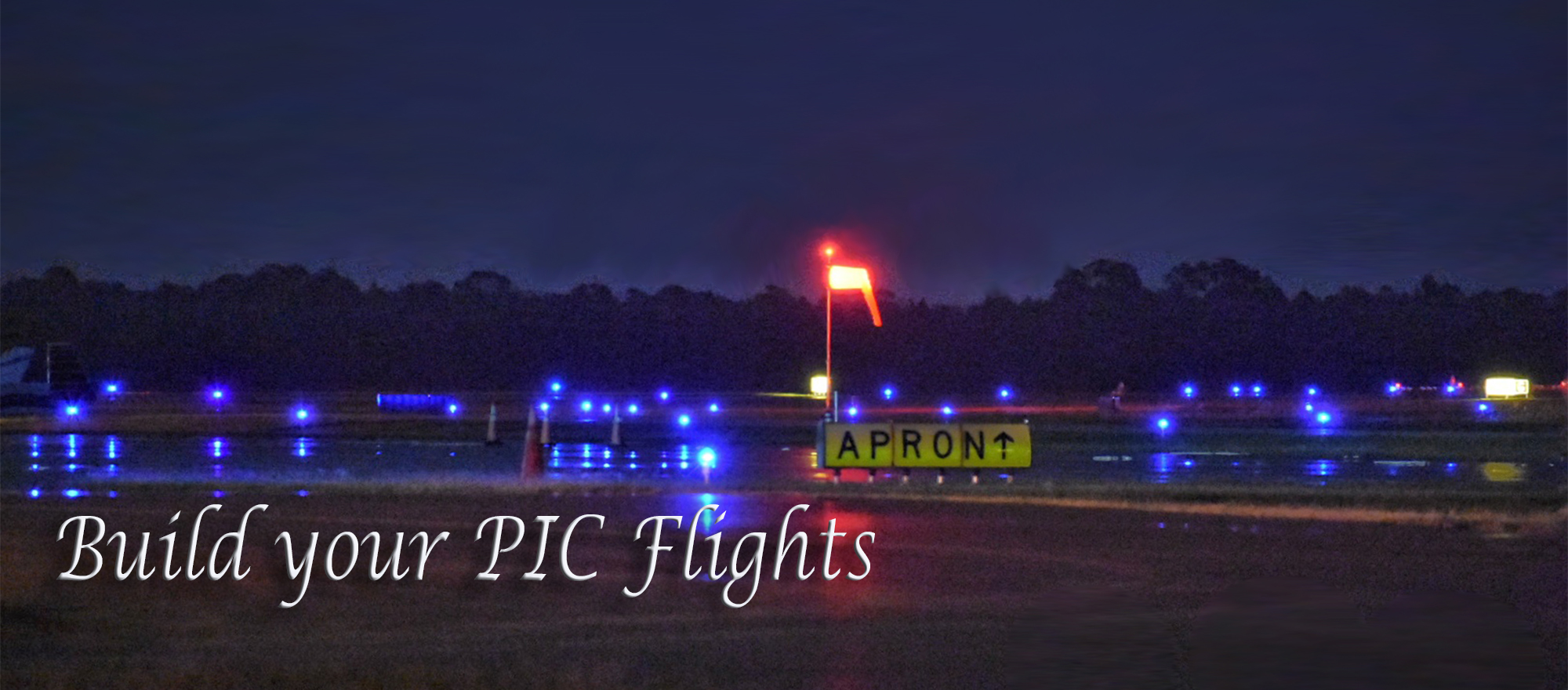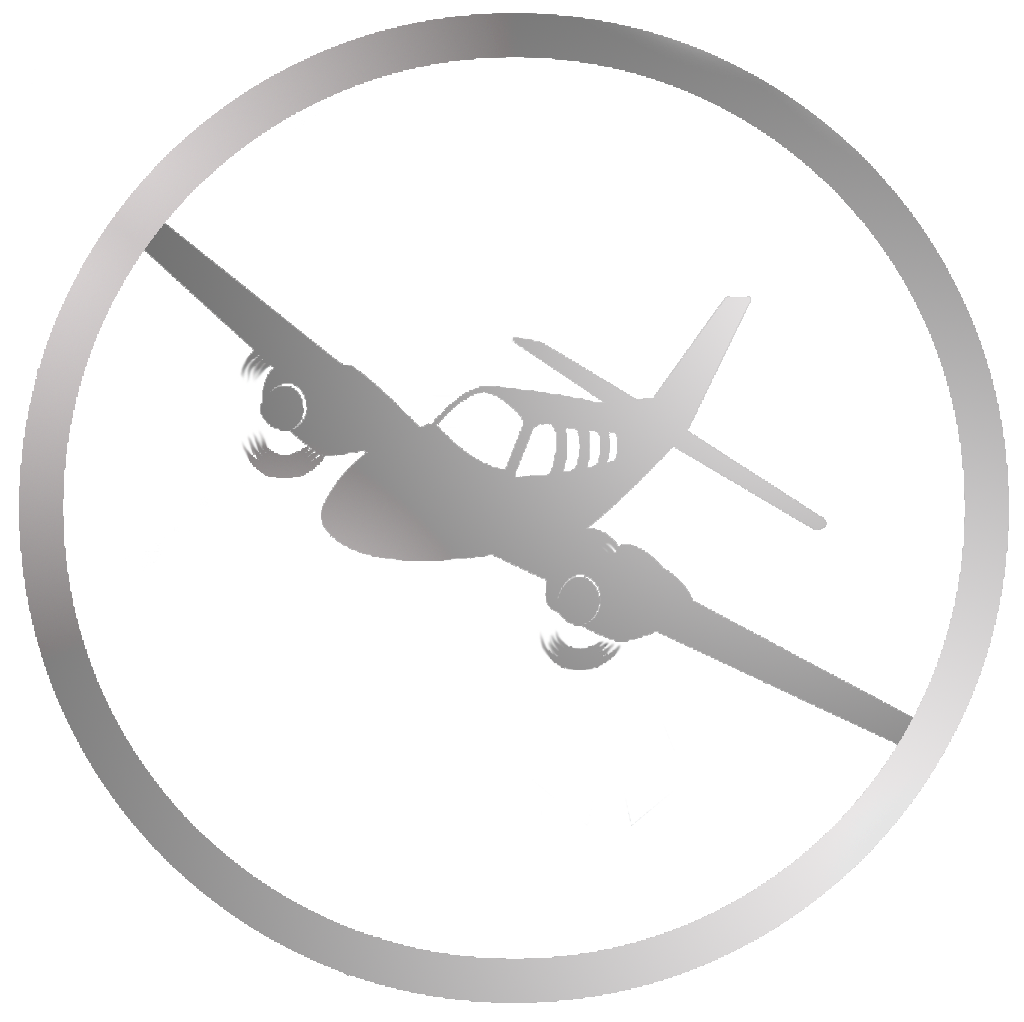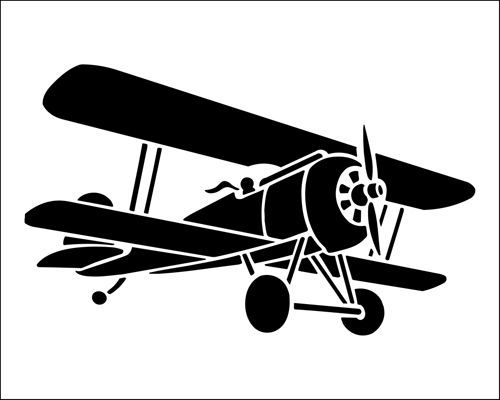A Pilot's Guide to Aircraft Systems
Unveiling the Inner Workings: A Pilot's Guide to Aircraft Systems
Modern aircraft are marvels of engineering, seamlessly integrating a multitude of complex systems that work in harmony to keep you flying safely and efficiently. As a pilot, understanding these systems is paramount for effective operation, informed decision-making, and proactive problem-solving. Let's embark on a journey to explore the key aircraft systems that underpin the magic of flight.
The Power Plant: Heart of the Machine
The powerplant, the engine or engines of your aircraft, lies at the core of its operation. Here's a breakdown of the two main categories:
-
Reciprocating Engines: These gasoline-powered engines utilize pistons that move up and down in cylinders to generate power. Familiarize yourself with concepts like propeller operation, carburetor function, magnetos for ignition, and engine monitoring instruments like RPM gauge and cylinder head temperature gauges.
-
Turbine Engines: These jet engines use a continuous stream of air compressed by a fan, mixed with fuel, and ignited to create thrust. Understanding the principles of jet thrust, the stages of a turbofan engine (including the compressor, combustor, turbine, and exhaust nozzle), and monitoring engine parameters like EPR (Engine Pressure Ratio) and N1 (Fan Speed) are crucial.
Regardless of the engine type, pilots must be well-versed in starting procedures, normal operation characteristics, limitations like maximum power settings, and emergency procedures in case of engine failure.
Flight Controls: Taking the Wheel (or Yoke)
The flight control system allows you to manipulate the aircraft's attitude and direction. This intricate network comprises:
-
Primary Flight Controls: These include the ailerons for roll control, elevators for pitch control, and rudder for yaw control. Understanding how these surfaces deflect and how they influence airflow over the wings and tail is essential.
-
Secondary Flight Controls: These include flaps, which increase lift at low speeds for takeoff and landing, and trim tabs, used to fine-tune the aircraft's balance for hands-free level flight.
-
Control Cables and linkages: These connect the pilot's control inputs with the flight surfaces, translating yoke or stick movements into precise adjustments.
Mastering the use of flight controls fosters smooth and coordinated maneuvers, ensuring a comfortable and efficient flight for both pilot and passengers.
Keeping Things in Check: The Avionics Suite
Modern aircraft rely heavily on sophisticated avionics systems for navigation, communication, and situational awareness. Here are some key components:
-
Navigation Systems: These include GPS (Global Positioning System) for precise position determination, radios for communication with air traffic control (ATC) and other aircraft, and instruments like the Horizontal Situation Indicator (HSI) and VOR (VHF Omnidirectional Range) for navigation.
-
Autopilot Systems: While not a substitute for pilot judgment, autopilots can significantly reduce workload by automatically controlling the aircraft's attitude, altitude, and heading based on pilot-programmed instructions.
-
Flight Instruments: The instrument panel provides critical information about the aircraft's state, including airspeed, altitude, engine performance, and flight path. Understanding these instruments allows you to monitor the aircraft's health and make informed decisions throughout the flight.
Proficiency in utilizing the avionics suite ensures you can navigate effectively, communicate clearly with ATC, and maintain a clear understanding of your aircraft's position and status.
Keeping it Safe: The Landing Gear System
The landing gear system plays a pivotal role in safe takeoffs and landings. Understanding its operation is vital:
-
Retractable Landing Gear: Most modern aircraft feature retractable landing gear that folds into the fuselage during flight to minimize drag. Pilots must be familiar with the extension and retraction procedures, emergency gear extension mechanisms, and landing gear warning systems.
-
Landing Gear Components: The landing gear system comprises wheels, brakes, struts, and hydraulic actuators. Understanding how these components work together ensures smooth landings and proper taxiing operations.
Proper landing gear operation is crucial for a safe and successful flight. Pilots must be thoroughly trained on normal and emergency procedures associated with this critical system.
Beyond the Basics: Continuous Learning
This glimpse into aircraft systems equips you with a foundational understanding. However, the depth of knowledge required varies depending on the aircraft type and your piloting goals. As you progress in your aviation journey, delve deeper into specific systems based on your needs. Consider exploring:
-
Advanced Navigation Techniques: In-depth exploration of Instrument Landing Systems (ILS) and other precision approach methods.
-
Aircraft Systems Interdependence: Understanding how various systems interact and influence each other.
-
Emergency System Operations: Thorough training on emergency procedures for system malfunctions like engine failure or hydraulic system failures.
Remember, a pilot's knowledge of aircraft systems is an ongoing journey. Continuous learning and staying updated with advancements in technology will ensure you

